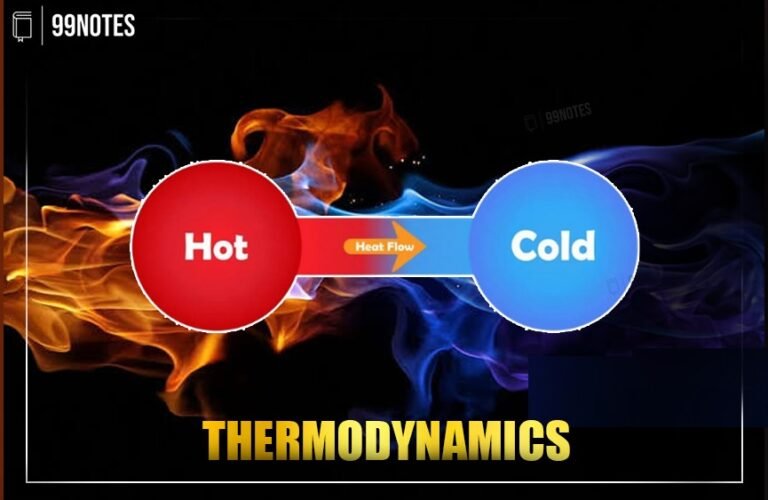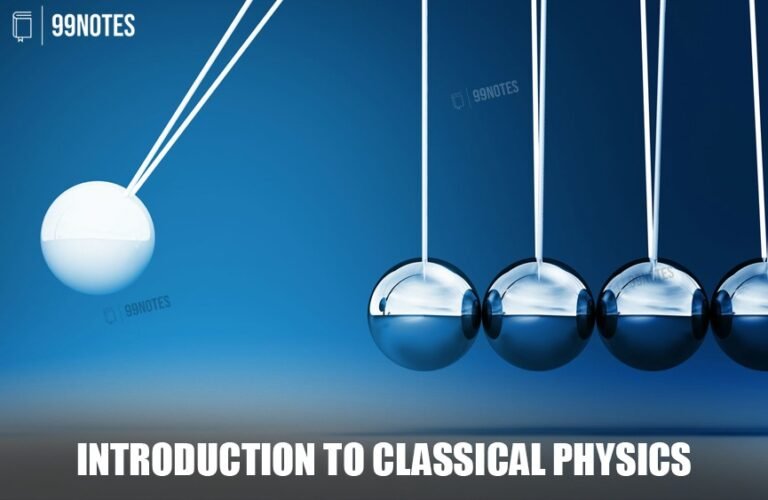Einstein’s Relativity
What is the speed of light? It’s 3X108 m/s of course. But in relation to what? Suppose our solar system moves at 20,000 m/s through space. Would the speed of light in the direction of this motion be different from the speed of light in this direction? How do we know about the speed of…









